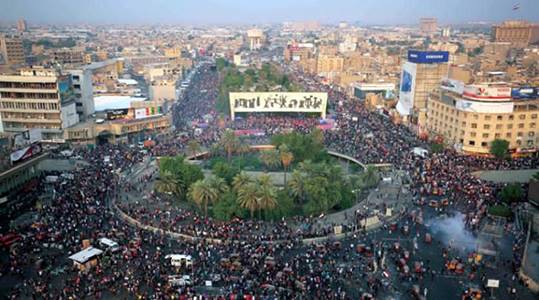The size of Iraq's debts exceeded $160 billion, after the fiscal deficit law was approved, while the external public debt is only about $60-70 billion. Deputy Abd al-Hadi al-Saadawi, a member of the Finance Committee in the Iraqi parliament, revealed that the volume of internal and external debts of Iraq amounted to more than 160 billion dollars, the majority of which are external debts.
According to the Iraqi Ministry of Finance, the size of Iraq's external debt ranges between 60 and 70 billion dollars, while the size of the internal debt is about 100 billion dollars. Indicating that Iraq's external debt is estimated at between 60 and 70 billion dollars, half of which is inherited and the other half was added after 2003 for various purposes, including projects financing.
Amid parliamentary warnings that the government’s continuation of this borrowing policy will lead to bankruptcy, the latter obtained a decision from the Iraqi parliament allowing it to obtain a loan from government banks to fill the financial deficit in the country.
According to the Ministry of Finance, the financial crisis is not emerging today, but rather is the result of the decline in oil prices and the consequent reduction in production, which affected the revenues generated by Iraq in a large way due to the reduction of Iraq's share of exports, and the reduction in oil exports caused an increase in the dues of oil contracts and licenses companies.
The Ministry of Finance was forced to request the Iraqi parliament to issue an internal borrowing law with a ceiling of 41 trillion Iraqi dinars, to fill the deficit in salaries and expenses related to the import of electricity, fuel, foreign debts, the ration card and support farmers. And it warned that the monthly revenues generated from exporting oil with the funds in the Ministry of Finance are not sufficient to cover the salaries of all employees, and without resolving the basic crisis will remain accumulated.
Source (Asharq Al-Awsat Newspaper, Edited)

